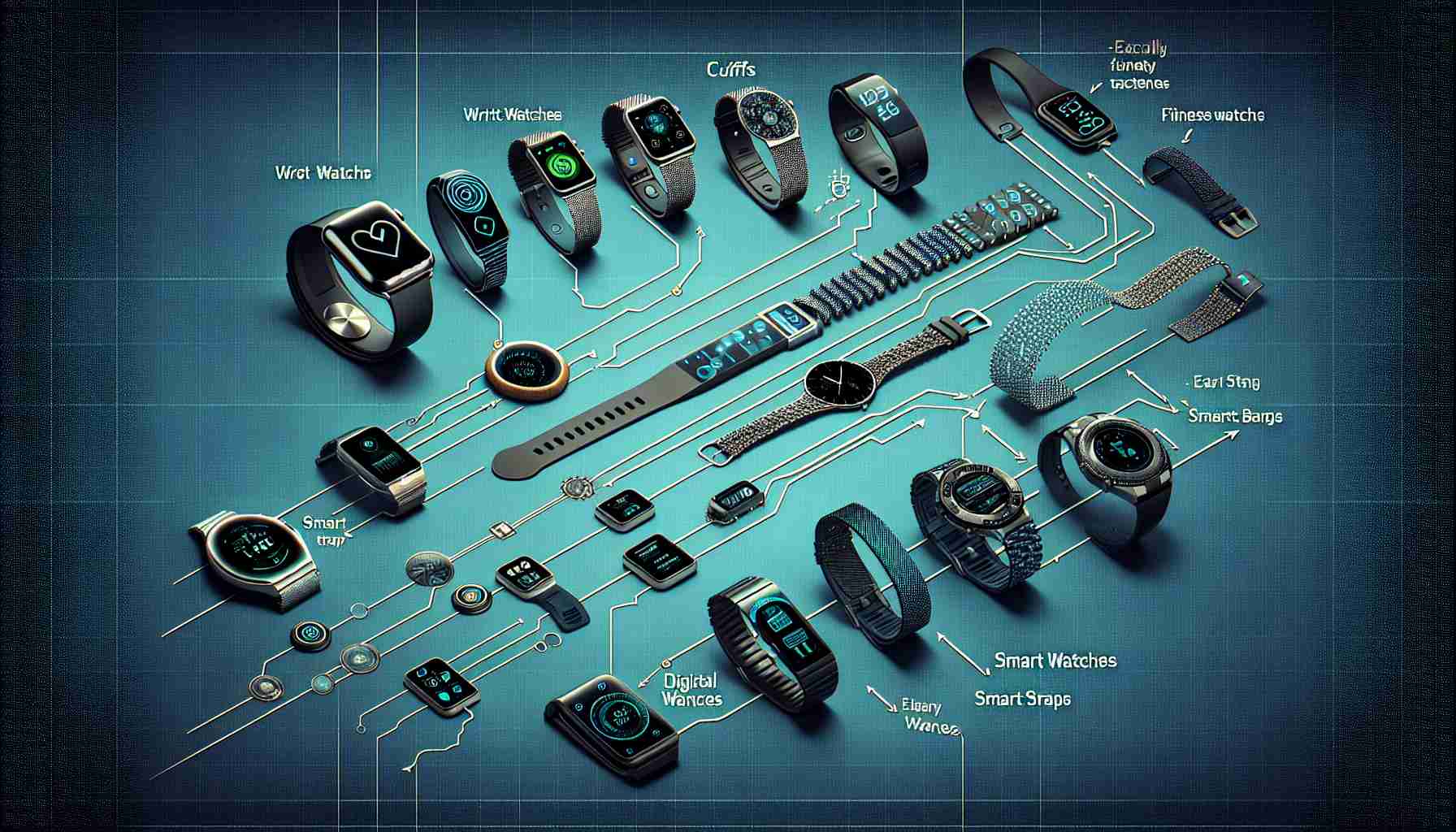Reviving the Concept of Smart Watch Bands
The dynamic world of wearable tech continues to expand with innovations that aim to enhance our fitness and daily routines. The latest invention to hit the market is a 22mm “Payment Wristband” by Polar, integrated with an NFC chip allowing for tap-to-pay functions.
Previously, we observed similar concepts with technology-inclusive straps in the early generations of devices like the Pebble and Galaxy Gear. Despite their initial failure due to loss of physical flexibility and increased proneness to failure—not to mention limiting strap customization—there is a sense that these smart straps could be the brink of a revival with thoughtful design and application.
Necessity Evolved Into Features
Over time, what were once considered optional gimmicks have evolved into standard capabilities embedded within the slender frames of modern fitness watches. For instance, the original Galaxy Gear featured a built-in camera on the strap, but due to the bulk and discomfort, Samsung later repositioned technology to the body of the watch, allowing for regular strap interchangeability.
Exploring the Untapped Potential of Modular Straps
Polar’s recent creation, while niche, highlights a potential untapped market for modular smartwatch enhancements. However, the challenges are many. From maintaining a lightweight structure to ensuring durability, the functional integration of tech such as enhanced battery life, UWB (Ultra Wideband) tracking, or even LTE connectivity into straps presents complex engineering dilemmas. The trade-off between increased capability and maintaining user comfort and ease remains the biggest obstacle to mass adoption of smart straps.
While smartwatch manufacturers currently focus on incorporating necessary technology directly into watch bodies, innovative thinkers are still exploring ways smart straps could add value. Polar’s payment strap, serving as an NFC option for watches lacking this feature, suggests a window for further developments in this niche. Whether this concept will extend beyond a solitary application and lead to a resurgence of smart straps as a mainstream feature in wearable tech remains unseen.
Implications and Potential of Smart Straps
The resurgence of smart straps highlights a broader trend in wearable technology to create more personalized and versatile devices. As consumers seek to invest in gadgets that cater to their specific needs, the idea of a modular strap that can add functionality to a smartwatch is appealing.
Key Questions and Challenges
The main questions about the potential comeback of smart straps include:
– Will the demand for enhanced functionality outweigh the desire for traditional strap designs?
– Can the manufacturing challenges of incorporating advanced technology into a flexible and durable strap be overcome?
– How will smart straps interact with the existing ecosystem of wearable apps and services?
The challenges associated with smart straps often revolve around:
– Engineering hurdles such as maintaining flexibility while integrating technology.
– Limitations with power supply and finding the balance between battery life and strap size.
– User acceptance and whether they find added utility or perceive it as a gimmick.
Controversies and Debates
Controversies may arise regarding design aesthetics versus functionality, as well as the cost-to-benefit ratio of smart straps. Some users may question the environmental impact of adopting new wearable technologies that may have a shorter lifespan due to rapid tech advancements.
Advantages and Disadvantages
Advantages:
– Modular straps could offer customizable features, such as additional sensors or payment options.
– They might extend the functionality of existing smartwatches without the need for entirely new devices.
– Users could swap straps for different activities or purposes, increasing the versatility of their wearable technology.
Disadvantages:
– Smart straps could introduce additional points of failure and might require frequent updates or replacements.
– They may add bulk or weight to the otherwise streamlined design of current smartwatches.
– Cost could be a factor, as specialized straps may be priced significantly higher than standard watchbands.
If you are interested in following trends in wearable technology, you might want to frequently check websites like Wareable or TechCrunch for relevant updates and news. These platforms often cover the latest developments in the industry and provide insights into where the market is headed.
The source of the article is from the blog krama.net
